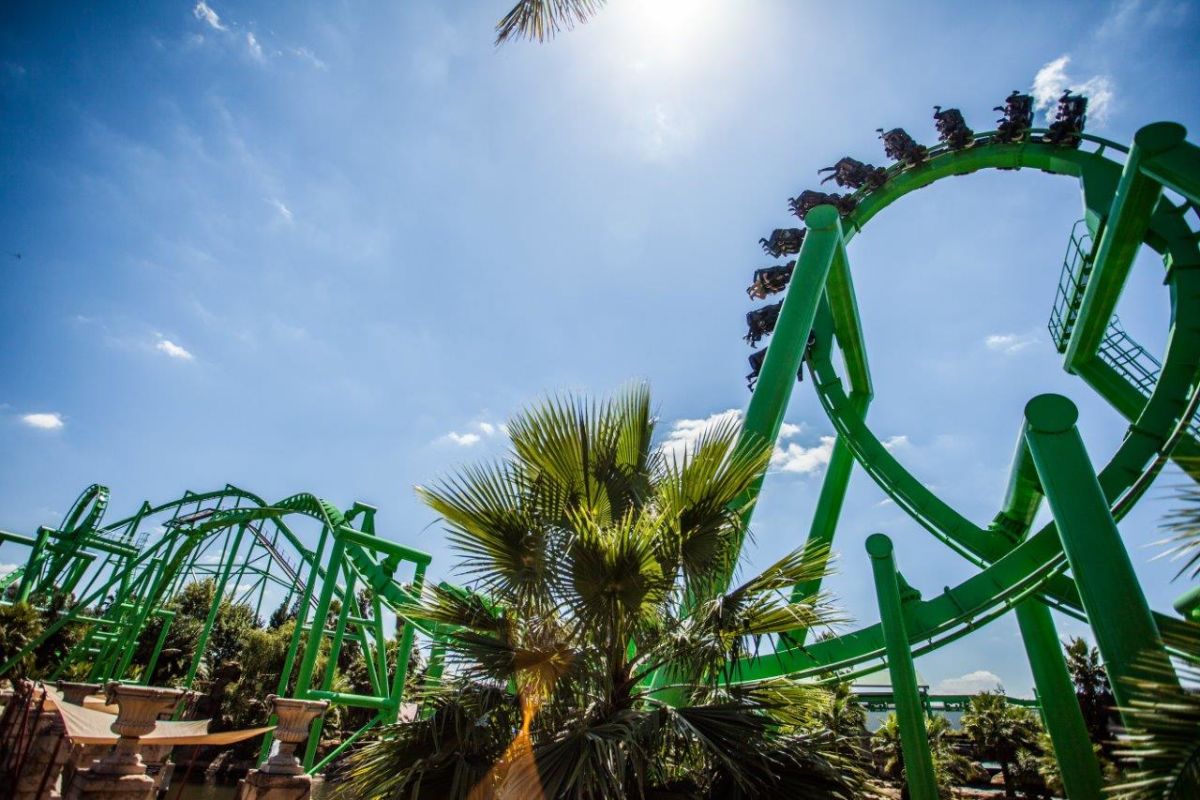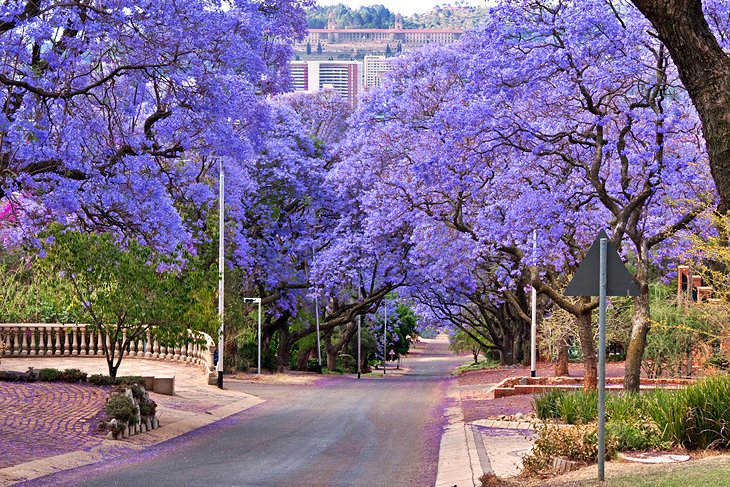Facts About Johannesburg North Attractions Revealed
Facts About Johannesburg North Attractions Revealed
Blog Article
What Does Johannesburg North Attractions Do?
Table of ContentsFascination About Johannesburg North AttractionsThe Buzz on Johannesburg North AttractionsThe smart Trick of Johannesburg North Attractions That Nobody is DiscussingNot known Facts About Johannesburg North AttractionsThe Single Strategy To Use For Johannesburg North AttractionsRumored Buzz on Johannesburg North Attractions
The city owes its place to the visibility of a much more priceless source: gold. The city grew on the side of the Witwatersrand Key Reef, a below ground stratum of gold-bearing quartz-silica corporation that arcs for thousands of miles under the Highveld. Most of the gold mines in the city discontinued procedure in the 1970s, yet in its day the Witwatersrand gold market made up even more than 40 percent of the world's yearly gold production.Johannesburg has a temperate climate. Summer temperature levels balance concerning 75 F (24 C); winter months temperature levels average about 55 F (13 C) and only periodically dip below freezing. The city appreciates concerning 8 hours of sunshine per day in both winter months and summer season. Rainfall averages about 28 inches (700 millimetres) per annum, but the overall varies significantly from year to year.
What rain the city receives drops practically exclusively in the summertime months, commonly in stunning late-afternoon electric storms. Air contamination positions a considerable issue, particularly in the cold weather, when thermal inversions impede the westward circulation of air from the Indian Sea. Contamination is most severe in the densely settled Black areas on the city's periphery, where many homeowners still rely upon coal for fuel.

What Does Johannesburg North Attractions Do?
The equilibrium of the city is occupied by whites. Accommodation varies in personality and quality. Soweto is infamous for its endless rows of municipally built, two-room matchbox homes, yet it additionally has a couple of flourishing enclaves along with bristling squatter camps, where 10s of thousands live without water, power, or cleanliness facilities.
Physical growth, although rather limited by transport, proceeded quickly as immigration to South Africa, and Johannesburg in particular, increased drastically.
A lot of inadequate suburban areas were combined, with poor blacks and whites living together, although the affluent suburbs were normally scheduled for whites.
The number of individuals living in the internal city on a casual basis is unknown, as numerous are unlawful immigrants. The unemployment, education and learning, and age accounts of the location are all unidentified, due to the problem of obtaining reputable information about the location.
Johannesburg North Attractions Can Be Fun For Anyone
Yeoville and Bellevue have a mix of house buildings and solitary domestic devices on little lots. The region is located on a hilly divide that runs from eastern to west.

The Greatest Guide To Johannesburg North Attractions
R. Tambo International Airport). The eastern suburbs are some of the earliest locations of Johannesburg, there are large neighborhoods of Jewish and various other European backgrounds, most of the populace is English talking. There are three golf programs along with a variety of secured ridges with viewsites. There are a number of well-developed and up-market home entertainment and purchasing areas in the eastern such as the Eastgate Buying Centre and the Greenstone mall.
The area is mostly composed of old "matchbox" homes, or four-room homes constructed by the government, that were constructed to supply economical accommodation for black workers throughout discrimination. Soweto is an abbreviation, standing for "South Western Townships". Road after road in this location is lined with matchboxes; review however, there are a couple of smaller locations where prosperous Sowetans have built houses that are a lot more comparable in stature with those in more upscale suburbs.
Hostels are an additional prominent physical attribute of Soweto. Initially developed to house male migrant employees, several have been improved as homes for pairs and family members. The N1 Western Bypass skirts the eastern limit of Soweto. The suburban area was not traditionally allowed to produce employment centres within the area, so almost all of its residents are commuters look at more info to various other components of the city.
Things about Johannesburg North Attractions
The N1 Western Bypass links the north suburbs with the north-western suburban areas. The suburbs in the northern suburbs are mostly formal, without any substantial areas you can try here of informal real estate, or housing that does not have a permanent framework. Although this is an established area, there is a trend of land use adjustment from domestic to commercial, particularly along major arterial roadways and around established nodes.
Roadways to the eastern and west are much less well created, as there are no freeways taking a trip in that instructions. In the direction of the north boundary of the city, the thickness of advancement decreases, leaving huge locations of primitive land around Midrand.
About Johannesburg North Attractions
, which is situated on a hillside ignoring the internal city and Hillbrow.
Report this page